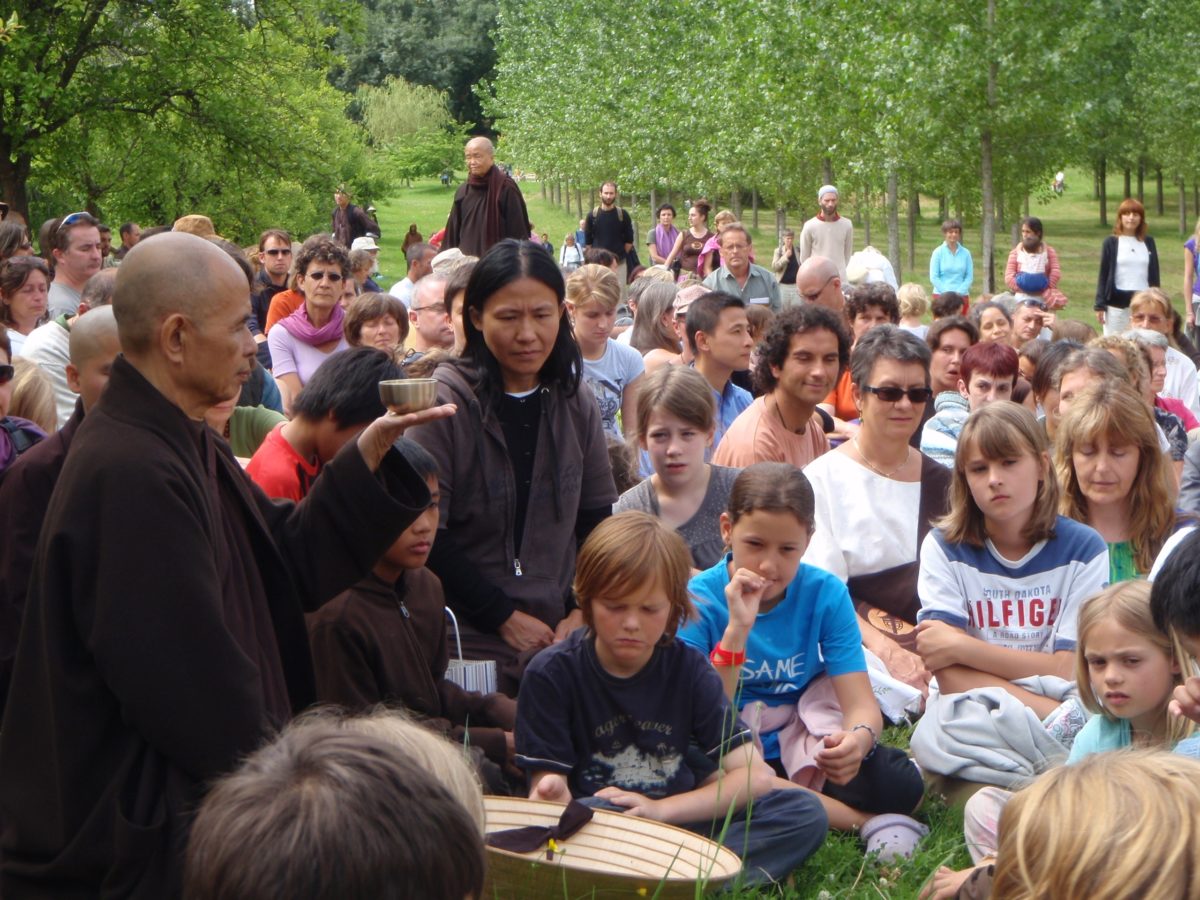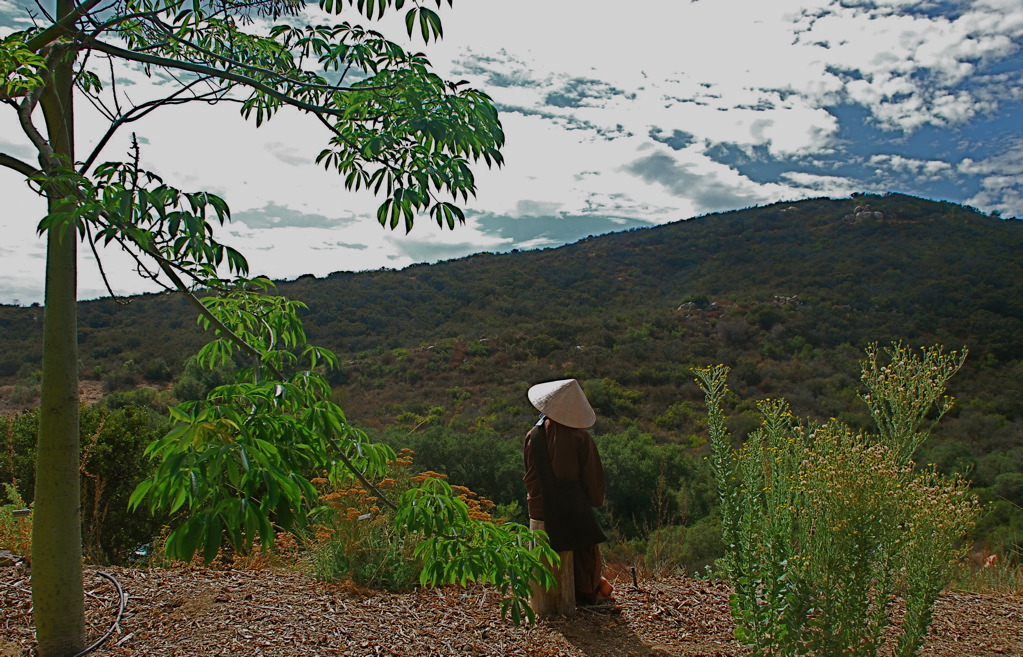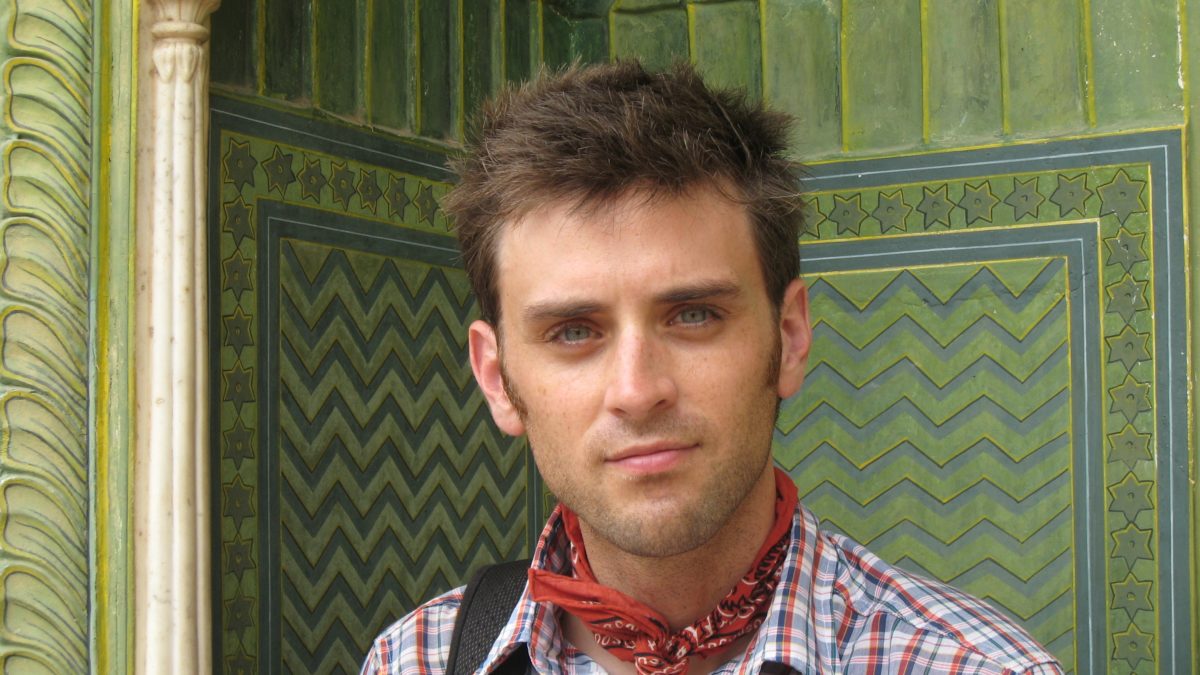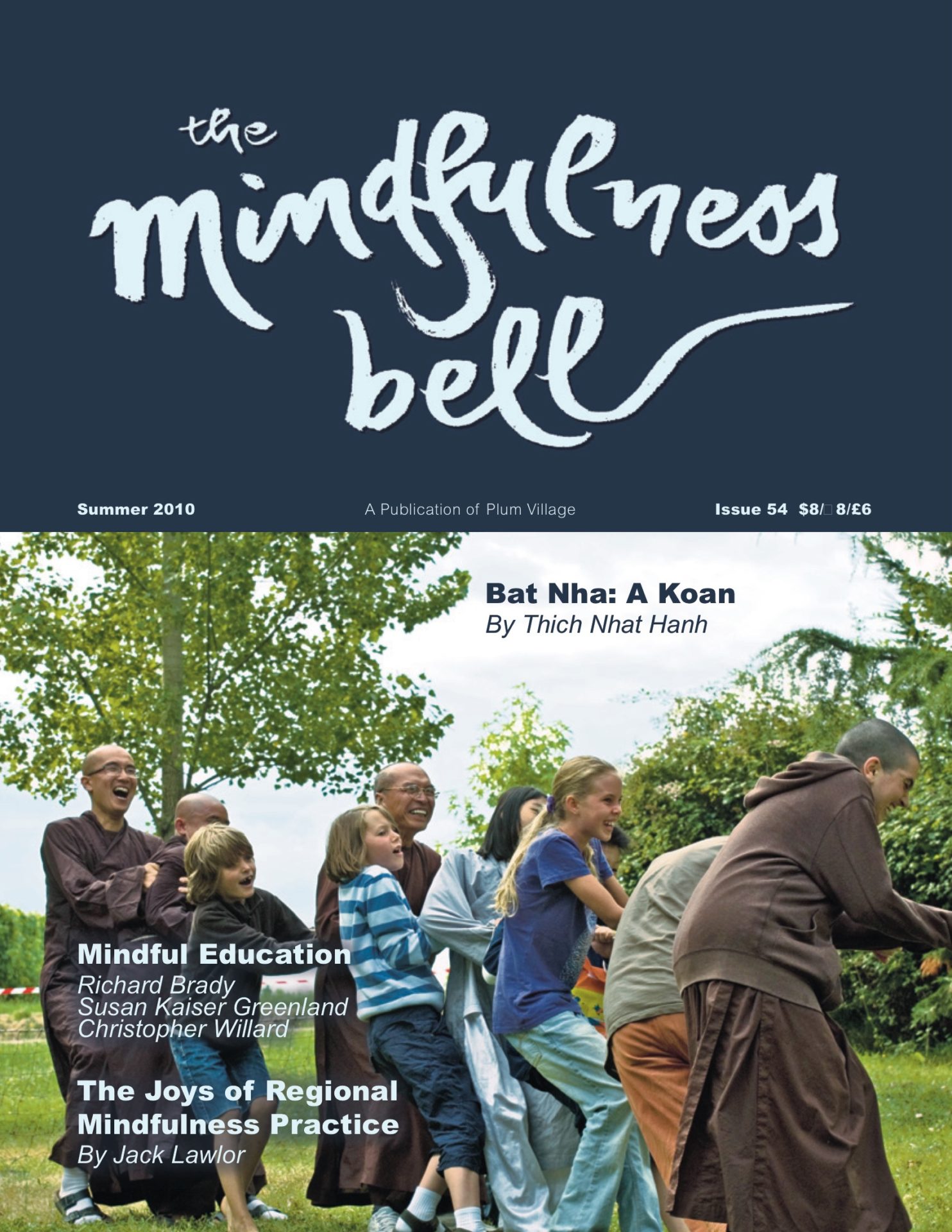Teaching Yourself, Teaching Children
By Christopher Willard

“It is easier to build strong children than to repair broken men.”
– Frederick Douglass
I’ve often found dealing with myself and my own expectations a more difficult challenge than dealing with some of the toughest children. I’ve worked for a long time with troubled children,
Teaching Yourself, Teaching Children
By Christopher Willard

“It is easier to build strong children than to repair broken men.”
- Frederick Douglass
I’ve often found dealing with myself and my own expectations a more difficult challenge than dealing with some of the toughest children. I’ve worked for a long time with troubled children, and when I started out I had high expectations for the power of mindfulness, imagining the chaotic classroom I taught in at a mental hospital suddenly transformed into an oasis of peace to rival any monastery. In the fantasy, not only did the kids come to practice mindfulness on their own—their emotional and behavioral issues cured—but the other teachers and staff sought out my wisdom in classroom management and clinical theories. This hardly happened, but once I let go of the struggle, I came to appreciate the somewhat more frequent moments of peace that came with patience and practice. And though I don’t know how those kids turned out, I sometimes encounter people who have come out the other side. I worked with a man who had recently been released from prison. He remembered and clearly treasured a visit from a yoga instructor who had paid a visit to the prison many years before. The man had practiced almost daily since then, and was one of the most engaged members of the mindfulness group at the halfway house. Someone had planted the seeds of freedom and taught him to water them. We were both fortunate to have found each other in the halfway house where the conditions arose to cultivate and strengthen his practice that had been planted years ago.
It is vital to keep checking in with ourselves and our intentions, as well as our expectations for the children. Ask yourself: What are my goals? Are they reasonable given the child I am working with? Have I become too attached to the idea of this child changing or learning to meditate? Have I become too attached to my role as a teacher? And no matter how important meditation or mindfulness practice may be to you personally, it may not be the right time for the child you are trying to teach. Pema Chodron writes: “The truth you believe and cling to makes you unavailable to hear anything new,” and often we blind ourselves by clinging to the idea that meditation is the one answer. Remain aware of your own hopes for them and encourage, but do not push or get over-attached to, certain outcomes. Realistic expectations are very different from low expectations, and hopes and intentions should not be confused with expectations. This practice is challenging for lifelong practitioners, so will certainly be difficult for children. But remember too that frustration and failure have often been the best teachers of the masters.
Hold realistic hopes and intentions for yourself and for the children—be patient, challenge yourself and those you work with, but do not push too hard. Experience (and research) suggests that children do best with shorter meditative activities practiced more often. Thich Nhat Hanh suggests letting children mindfully walk five or ten steps, and then rest and run around a bit before trying again.
If you work with young people, you probably know that patience and a good sense of humor are two of your best tools for yourself and the kids. Teaching adults to meditate takes enormous reserves of these, and teaching children takes even more. Take the children seriously, but don’t take yourself too seriously. Do not be afraid to have a sense of humor about yourself and even your students in a respectful way; it’s a great way to role model acceptance and how to handle frustration, and to show that meditation, and life, is fun. If humor isn’t your strength, you can work on it, but more importantly, work on your strength—whether that be language or generosity or just your compassionate presence.
You may be familiar with the concept “don’t just do something, sit there.” All of us who work with children nowadays know this is far easier said than done. If the thought of getting your child to sit still and do nothing but breathe for an hour seems impossible—well, it probably is. It’s difficult for most adults.
We are planting seeds in a child to blossom in the community, and we must tend our entire garden. If you are a parent, practice as a family. Recommend a mindfulness curriculum at school or in your place of worship. If they don’t have one, volunteer to come in and lead a meditation. Be a part of creating a mindful school community where teachers and students can all reinforce contemplative practice in each other. Advocate for the physical education teacher to incorporate yoga and tai chi into their lessons. If you are a therapist or doctor, teach the whole family you work with to practice together—the research shows that kids thrive in school when parents are involved, and the same holds true for medicine and psychotherapy. The more places that a child is reminded of mindful awareness, the more places the seeds you planted will be nurtured and can thrive.
The ancient teachers remind us to sit in meditation with no hope of fruition. Teach with no such hope either, but teach with the right intention. Teach from the heart because you believe this can help or heal, not because you have expectations or attachments to outcomes.

Cloud Concentration Meditation
The first meditation I ever learned was a gift from my father, when I was about six years old. We were floating on a raft in a pond and gazing up at the blue summer sky. We were watching giant cumulous cloud slowly morph and change shape from one to another above us. My dad looked over at me and said, “Hey, want to see a magic trick?” Of course I did. “I’m going to make a cloud disappear with my mind.” “No way!” I responded. “Sure, I’ll do it. In fact, we can do it together. Pick a cloud, let’s start with a small one to practice.” I picked a smallish, puffy white cloud on the horizon. “Now, all you have to do is focus on that cloud and just breathe. With each breath, notice the cloud getting a little bit smaller.” We lay there in the sun looking at the cloud, breathing together, and sure enough, with each breath the cloud seemed to fade slightly. “Keep focusing on that cloud,” my father instructed me. “Bring your mind back if it wanders. You have to keep your mind on it or it won’t disappear.” We continued breathing, focusing, and sending our will at the cloud as it faded itself away over the course of the next few minutes. It was certainly magic to me.
Try this meditation yourself first to get a sense of the best clouds. It really only works with the puffy white cumulous ones (unless you have the patience to sit for what could be days!). I also have a personal bias that it be done on a perfect summer day while you’re drifting on an inflatable raft. You can even try placing your worries onto the cloud and letting them fade slowly away. But once you get the hang of it, pass it on to a child as my father did to me. Of course, I now understand that clouds will form and un-form in the sky regardless of my intention and willpower. But still, at that moment, my breath and mind seemed like the most powerful forces in the world. Later, as I grew older, that forming and un-forming, the ever-changing nature of the clouds, became a lesson in the ever-changing and impermanent nature of everything.
Excerpted from Child’s Mind: How Mindfulness Can Help Our Children Be More Focused, Calm, and Relaxed, forthcoming from Parallax Press. Please see book review.

Christopher Willard received his bachelor’s degree from Wesleyan University, and his doctorate in clinical psychology from the Massachusetts School of Professional Psychology, where he studied the psychological applications of meditation and mindfulness practice. He considers the Engaged Buddhism of Thich Nhat Hanh his spiritual home. He currently works at Tufts University as a psychotherapist.

